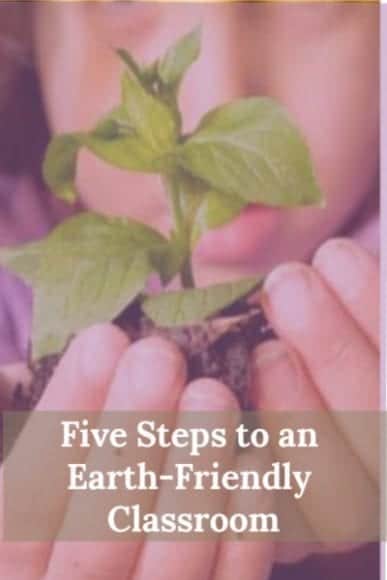
Educators have a huge responsibility to the planet. By teaching today’s younger generations the importance of protecting the natural environment, we can ensure that they will work towards environmental sustainability in the future.
Sometimes, it can seem overwhelming to follow lesson plans while also teaching good citizenship and environmental stewardship. Use the following easy and quick tips to create a more environmentally-friendly classroom and more conscientious students:
- Start Recycling and Even Composting
If your classroom isn’t recycling already, there’s no better time to start! Set up a recycling center in one corner of the room, with a bin for paper and a bin for plastic. Look into composting, too, for kid’s uneaten snacks and fruit peels. You can even decorate the area. Hang an earth-friendly motto over the area to remind you and your students that recycling efforts make a difference in both landfills and the oceans. - Create a “Green Team”
One fun way to engage students in earth-friendly efforts is to assign daily and weekly conservation tasks. SchoolSpecialty.com suggests having a green team to make sure faucets, lights and computers are all turned off at the end of the day. You can even have designated students make sure recycling bins are organized and that no unnecessary materials end up in the trash. - Buy Better Supplies
Though teaching budgets are always tight, one big earth-friendly step teachers can take is buying recycled classroom products, like paper, pencils, and decorations. Also look for acid-free glue sticks and crayons. Consider asking parents to choose recycled school supplies at the beginning of the year, too. - Reuse What You Can
Set up systems for reusing materials, and encourage students to pause before reaching for new supplies. Keep a bin of scratch paper that has only been used on one side, and re-purpose milk jugs or tin cans for classroom craft projects and storage. - Teach Lessons about the Bigger Picture
Finally, incorporate earth-friendly habits into the larger context of environmental conservation through creative lesson plans. For example, use math word problems that refer to planting trees or recycling bottles. Consider posting an Earth Awareness Fact weekly, using facts such as “land-based sources cause around 80% of marine pollution every year,” or “the average sea level is expected to rise one to six feet.” Use weekly facts to start a short and honest discussion about the importance of conservation efforts.
Though small actions in the classroom won’t stop pollution or climate change, they can help teach young scientists, activists, and policymakers the importance of protecting the only planet we have.






